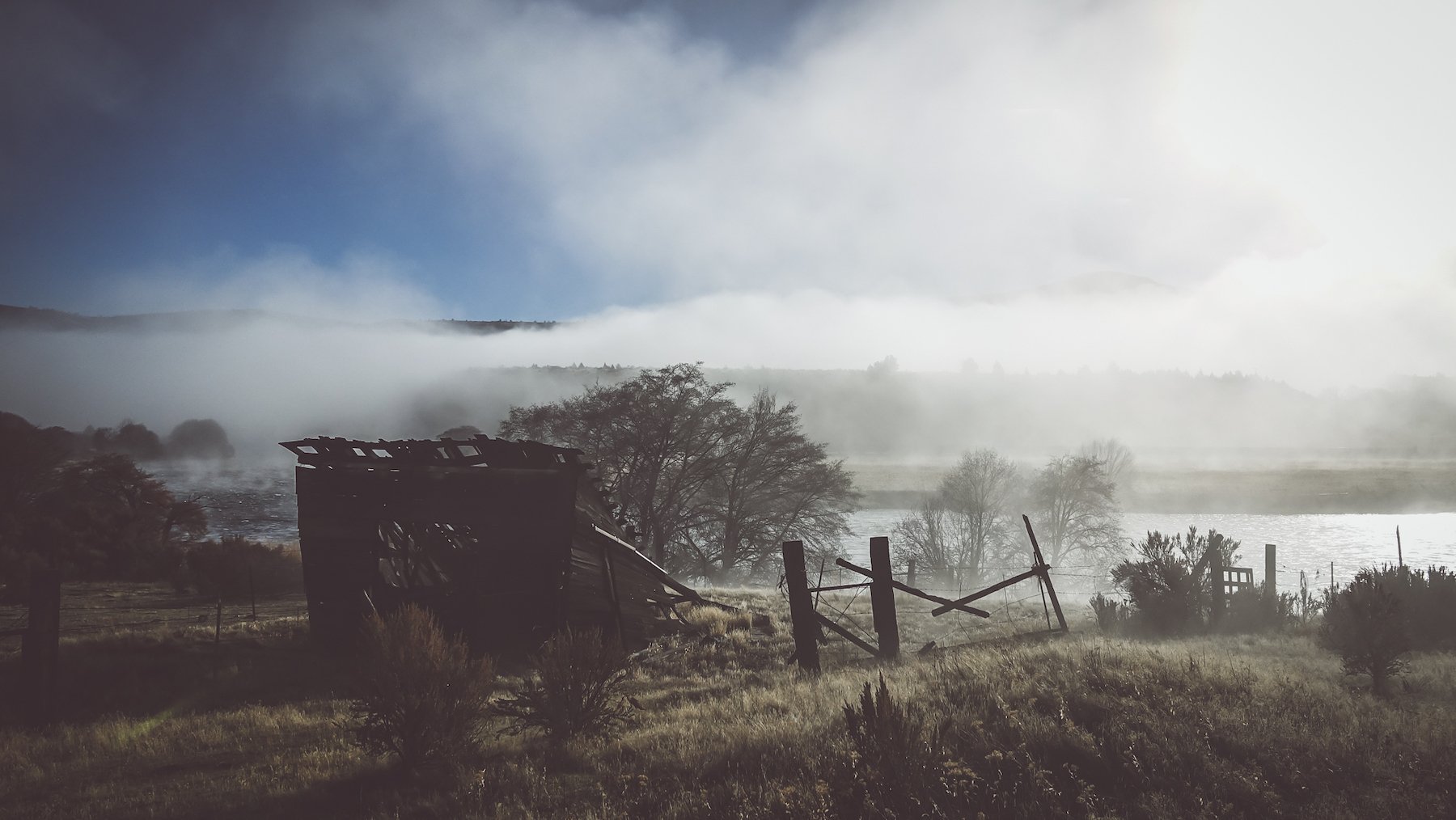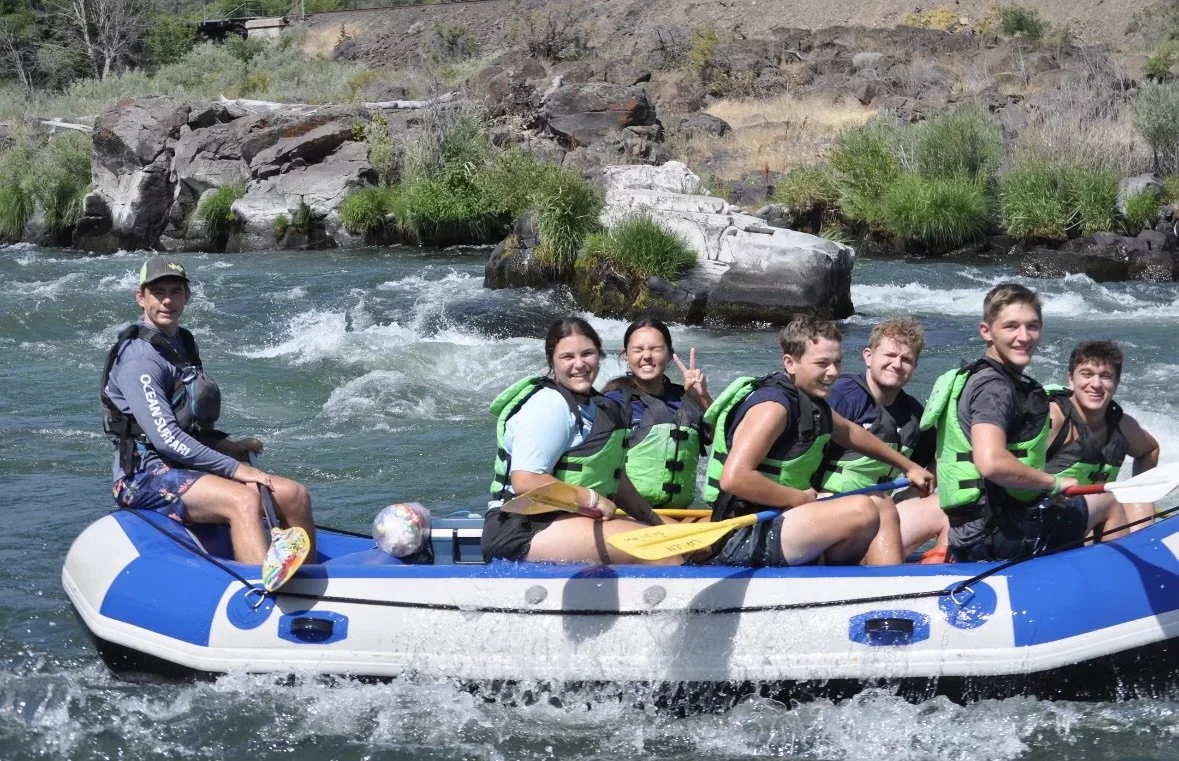
DRA Blog
Bending the Rules: A Timeline of PGE’s Failure to Comply With Water Quality Standards
The language in PGE’s license is rife with references to “Adaptive Management.” In theory, this means that management strategies for the lower Deschutes River should be subject to constant monitoring, evaluation–and adjustment when standards for water quality and fish reintroduction aren’t being met. In practice, PGE, with the acquiescence of the Oregon Department of Environmental Quality, and notably, without public input, simply lowered the standards while its failing management strategies remain in place.
Batting 1.000 on pH Violations
A skeptic of the DRA’s science program once derisively commented, “I don’t fish for pH.” This is a little like saying you don’t shower for soap. Of course you fish to catch fish, just as you shower to get clean. And just as you won’t easily get clean unless that bar of Irish Spring is with you in the shower, your fishing experience will be less satisfying in water that isn’t complying with pH standards.
Dearth of Data: PGE’s Steelhead Reporting Leaves Public in the Dark
In January 2025, PGE changed the way it reports steelhead return data.
Peer-Reviewed Science Article Tracks Tower’s Negative Influence on Lower Deschutes
These findings, while important to see in a journal paper, simply conclude what long-time anglers, river users and all those who love the lower Deschutes River have known since the tower started operating: The quality of the lower Deschutes River isn’t what it use to be! Remember this decline was created by the release of more surface water. And it can be improved by the release of more bottom water.
PGE’s 2024 Adult Fish Migration Report: Tracking Steelhead, Chinook, and Sockeye Upstream
This 2024 report highlights the importance of transparent, publicly accessible data because without it, the true status of fish returns remains unclear. To give the public a better picture of progress in steelhead and salmon recovery, ODFW and PGE must collaborate more effectively, moving beyond simplified return data and ensuring detailed information is readily available to the public rather than only within specialized reports.
A River Runs Through It: Imperial River Company
Without a healthy river, the economic landscape for Imperial River Company, and other businesses in Maupin, will change. At Imperial, Rob and Susie hope to be able to continue providing opportunities for people to actively relax along the banks of the cold and clear Deschutes River.
An Imperiled Cold Water Refuge
…water temperatures in the Deschutes are now warmer than the mainstem Columbia for six months out of the year. This reversal from historic norms not only puts already imperiled upriver stocks of salmonids even more at risk, as the DRA has extensively documented, it also has created a host of problems for trout, salmon and steelhead that spend some or all their lives in the lower Deschutes River.
What is Adaptive Management? ( and Why Isn’t PGE Practicing It?)
Of all the frustrations that accompany the long, slow decline of water quality in the lower Deschutes, perhaps the most infuriating is the ongoing lack of a reasonable, honest explanation from PGE about a rationale for maintaining a damaging status quo. In previous blog posts, our science team has debunked the notion that cooler, cleaner water from the depths of Lake Billy Chinook would run out if more of it flowed into the lower Deschutes.
Good Company: Sage Canyon River Company
“We want the river to be clean, pristine, and our clients want that too.”
Transition Time for DRA’s Development Director
The wheels are in motion for positive change, and they will continue to gain speed with your support. Writing letters and speaking up make a difference. Writing checks and reaching into your pockets allows the organization to advocate forcefully and effectively. The lower Deschutes River belongs to the people of Oregon, not the utilities. It’s up to Oregonians, and anyone else who visits to enjoy our crown jewel, to protect it.
The Ask: Operational Changes That Will Benefit the Lower Deschutes
The emerald green water on the surface of Lake Billy Chinook flows into the lower Deschutes eight months out of the year. Cooler, cleaner water from the depths of the reservoir could be released most of the year.
OSU Research Points to Uncertain Future for Deschutes R. Spring Chinook
Consequently, juvenile salmonids present in the lower Deschutes River from April-September 2022, June-July 2023, and May-July- 2024, would have experienced significant risk of infection and disease.
The Long Emergency: Water Quality Problems Persist in 2025
According to Oregon water quality standards, the maximum allowable pH in the Deschutes Basin is 8.5. However, our data shows that daily pH levels are regularly peaking around 9.0. While a difference of 0.5 might seem small, it’s actually quite significant: the pH scale is logarithmic, meaning a pH of 9 is ten times more alkaline than a pH of 8.
Goodwill Ambassador of the Lower Deschutes: River Drifters
One cure for the Deschutes, Thornton says, is enthusiastic support for the Deschutes River Alliance. “The [lower Deschutes] River is home base, absolutely vital to the well-being of Maupin and the surrounding community, and a life-blood of central Oregon. We should all be supporting what the DRA is doing.”
Troutfest Success, and a Chance to Thank Those that Made it Possible
The Deschutes River Alliance’s third annual Troutfest is in the books. Friday’s mid-day heat and Saturday’s mid-day wind made for some challenges, but everyone in attendance rose to the occasion. All that was left to do Sunday was clean up and begin compiling a long list of thank-you’s to be reiterated here on this week’s blog.
River Song: The Takes Take The Troutfest Stage
You could call The Takes’ music alt-country, Americana, country-rock, and you’d have a general idea. Yet the place-specific idea is one in which their music is evocative of the melody a river makes, the song that sticks with you even when you’re walking the concrete canyons of a comparatively soulless city or suburb. Those early childhood memories of a campfire near the banks of the lower Deschutes come bubbling up.
The Deschutes Means Business
Conservation NGO’s have too seldomly deployed the power of the significant economic value that our common cause represents. Over the long haul, the DRA would like to see a comprehensive study of the economy of the lower Deschutes. In the meantime, we’ll continue to operate on the principle that the water in the river we love is worth its weight in gold.
Watch Party: State of the Lower Deschutes
The science team at the Deschutes River Alliance delivered a scintillating status report on the state of the lower Deschutes River. The 75 minute-long presentation is worth every minute of viewing, and you can watch it here: https://youtu.be/kxamZiLP8dA.
Making Memories: Fly and Field Outfitters
“So we went into Maupin, found some carpet sample squares, and cut and superglued them to our tennis shoes. I caught my first big Deschutes redside on a 3 weight Fenwick with an old Medalist reel, throwing a dry-fly.”
-Fly and Field owner Scott Cook, recollecting his inaugural lower Deschutes fishing jaunt three decades ago.
pH: Tracking a Familiar Problem in the Lower Deschutes
In just the first week our monitoring equipment was in the water, pH violations were recorded. For eight months out of the year, warm, polluted surface water from the Lake Billy Chinook flows into the lower river.
The DRA proposes flipping this script: we want the maximum amount of cold, clean water to flow into the lower river year round…
Subscribe to our Newsletter
The Deschutes River Alliance is your focused voice to protect the lower Deschutes River, its cold water flows and the fish and wildlife that are sustained by them. We send regular emails with important data and news about the lower Deschutes River. We will not sell or loan your contact information to others.
How to Support the DRA
Everyone wants clean, healthy water in the Deschutes River. Oregonians cherish our clean and healthy waterways to provide drinking water, wildlife habitat and recreational activities. The lower Deschutes River is a federally designated Wild & Scenic River, and a national treasure. It must be protected for the environmental and economic health of Central Oregon. We believe by working together we can return the lower Deschutes River to full health. The Deschutes River Alliance is a nonprofit, 501(c)(3).






















